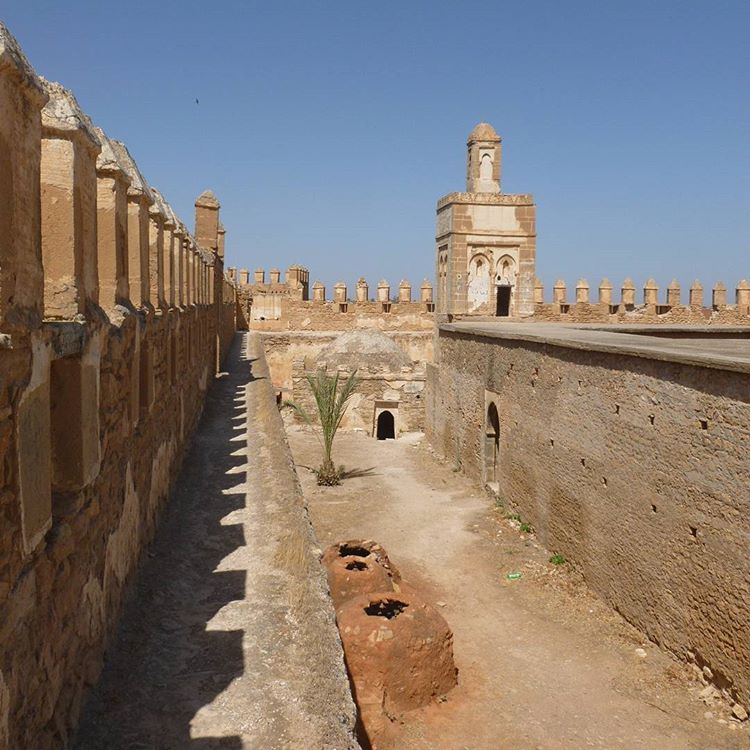High above the Oum Errabia River, the kasbah of Boulaouane still stands watch over the valley—its jagged silhouette frozen in time. Built in 1710 by Sultan Moulay Ismaïl, this hilltop fortress once symbolized a monarch’s ambition to unify and control his realm. Today, while its legend remains intact, its weathered walls are still waiting for a long-promised restoration that has yet to arrive.
Declared a national heritage site in 1924, the kasbah was supposed to undergo major renovations under a project announced in 2019. Six years later, little has changed. No significant work has been done to reinforce the crumbling ramparts or to restore the inner chambers. Visitors continue to wander through the ruins—navigating worn stone and collapsed structures—left to imagine, rather than witness, the grandeur that once was. The reasons behind the delay remain vague, a mix of bureaucratic inertia and unclear budget priorities.
The only real progress on the ground is the road leading up to the site. Once known for being nearly impassable in certain stretches, it’s currently undergoing repairs, with a newly laid surface promising easier access for both curious travelers and potential tourists. In a region where infrastructure has long been a barrier, this modest improvement could become the first real step toward revitalizing local tourism. Along the way, young pine trees now line the road, part of a broader reforestation effort.

Yet Boulaouane isn’t just about its kasbah. The surrounding landscape offers a rare glimpse into rural Morocco at its most striking. The Oum Errabia winds its way through steep cliffs, terraced orchards, and golden wheat fields. Hikers, birdwatchers, and anglers alike will find plenty to explore. Scattered across the countryside are tazotas—cone-shaped dry-stone structures that stand as quiet reminders of ancient agricultural practices unique to the region.
There’s cultural potential here too. From the haunted beauty of the kasbah itself to the local tales of Lalla Halima and the literary works inspired by this place, Boulaouane could easily anchor a heritage route across the Doukkala-Chaouia region—blending history, nature, and local craftsmanship. But to reach that point, there’s a need for more than just a good road: accommodations, signage, trained guides, and above all, a revitalized kasbah that can once again command attention.
For now, Boulaouane remains a sleeping gem—its revival stalled, but not abandoned. The roadwork may seem like a small gesture, but it carries a flicker of hope: that one day, history, architecture, and landscape might finally come together to deliver the rich experience this site truly deserves.